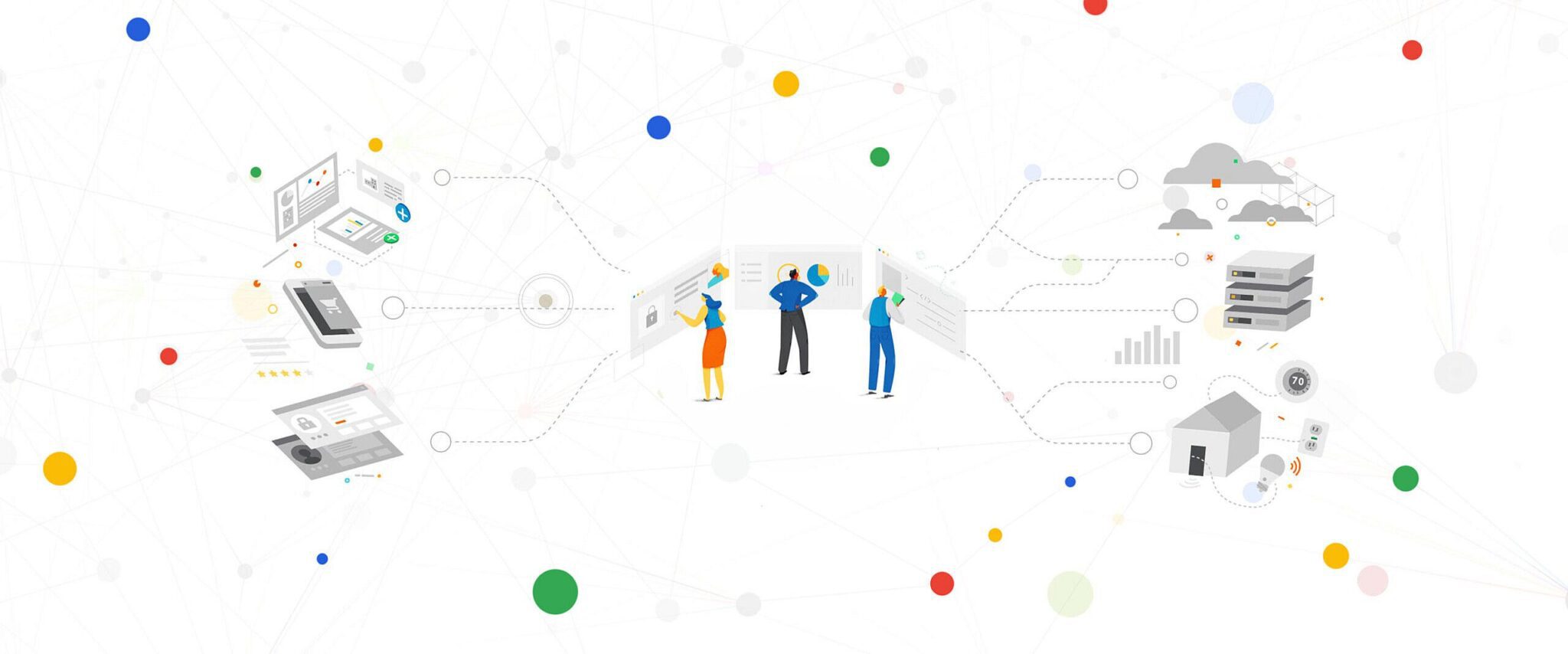What is API-first? 5 opportunities to create business value
Our recent CIO survey with Oxford Economics contained a few takeaways that stood out to me: most companies are using API-first strategies, and those most committed to this concept report faster innovation and greater value from business partnerships.
Even so, the survey indicates that a healthy minority of enterprises still think of APIs in integration-first terms. This mindset can block these organizations from many of today’s most important business opportunities and impede their ability to adapt to new opportunities that may emerge in the future.
Being API-first means anticipating that an API may have many use cases and enable numerous business opportunities. Being integration-first usually means thinking within the scope of a particular integration project and creating an API as a one-off, without consideration for future use.
Switching from the latter mindset to the former can be a cultural shift, but once the transition has been made, enterprises can unlock significant opportunities for efficiency, speed, growth, resilience, and future-proofing. Here are five of the biggest opportunities that an API-first mindset enables, as well as tips for executing on them.
1. Drive efficiency
In contrast to one-off API integration projects, APIs are consistently created, shared, documented, and managed to make internal services reliably accessible and reusable. This can eliminate many of the bespoke integration projects and duplication of work that define legacy IT.
These APIs abstract away all the complexity of underlying services and can be made available at scale through self-service developer portals, giving developers an easier way to access the digital assets they need to develop modern digital experiences and applications. At the same time, well-managed APIs still give IT administrators control over and visibility into how corporate digital assets are used.
What’s more, APIs are independently deployable, meaning that development teams can work in smaller, more autonomous groups that move at different paces—quite a change from traditional models in which applications were built monolithically, with so much intertwined functionality and so many dependencies that the efforts of the entire developer workforce were tethered together.
2. Accelerate time to market
All of this efficiency means API-first development can help businesses launch applications and forge partnerships much more quickly and efficiently, as a number of Google Cloud customers are demonstrating. Nationwide Insurance, for example, reduced development cycles from three months to only a few days after adopting an API-first approach for making its microservices sharable and reusable.
Similarly, Bank BRI, a large Indonesian bank, used APIs to remove the technical complexity from partnerships, which helped them to increase opportunities for co-innovation. The bank reduced partner onboarding time from six months to less than one hour by making digital assets available to partners via a self-service API portal.
3. Unlock new business models and revenue opportunities
As Bank BRI’s story may demonstrate, APIs not only drive efficiency for internal developers but can also help enterprises to unlock new business models and revenue opportunities by sharing valuable data and functionality with third parties. The Oxford Economics survey found that companies most invested in using APIs to facilitate external partnerships reported annual revenue growth of 6.7%, compared to 4.9% for other survey respondents.
All enterprises have valuable data and functionality captured within their systems—and sometimes, as in the case of Bank BRI, it’s so valuable that third parties will be willing to pay for access. Google Cloud customers such as AccuWeather and Pitney Bowes have pursued similar API monetization strategies.
And monetization aside, sharing APIs with outsiders can expose one company’s services to a partner’s customers and increase the range of innovators building news apps with the digital assets behind the APIs. Even if the APIs are not monetized, this can lead to new use cases in the present and new revenue opportunities in the future, as the most popular of these use cases emerge. Any developer may build the next big thing, noted AccuWeather CTO Chris Patty, whose company offers not only a fully-featured paid version of its API, which provides access to weather data but also a more basic free version.
4. Activate data and inject intelligence into business processes
APIs not only help enterprises share their valuable digital assets among internal teams and with third parties but also let enterprises connect their digital assets to external APIs that provide much-needed capabilities, such as machine learning services running in the cloud.
A company may have servers upon servers of data but little expertise in machine learning, for example—but by putting the data behind an API and connecting it to third-party machine learning services, those organizations can still begin deriving cutting-edge insights, even as they more slowly develop their internal machine learning competencies. Likewise, by putting APIs in front of legacy systems, enterprises can more easily migrate those systems to the cloud and connect them with cloud-native services.
Modern digital business processes and experiences are largely composed of software from multiple companies, with APIs connecting data and functionality from one organization with data and functionality from another in order to create new experiences or efficiencies. This ecosystem-centric approach means businesses can often focus on digitizing their core competencies while relying on technology partners for many of the other pieces needed to bring those competencies to market.
5. Improve resiliency and futureproofing
Because APIs allow valuable data and functionality to be reused and combined with other APIs for different use cases, they inject modularity and composability into IT systems—which can, in turn, create resiliency and futureproofing.
If a partner goes out of business, for example, replacing that partner doesn’t have to involve disruptive months of complicated integration planning with a replacement so much as swapping out one partner’s APIs for another’s. Likewise, if customers start expecting many features of touch-first mobile experiences to be accessible via voice interfaces, accommodating this demand doesn’t need to require a top-to-bottom overhaul so much as connecting the APIs beneath the touch interface to APIs that power voice interfaces.
The right technology enablers help enterprises get the most from their APIs
An API-first strategy treats the API not as middleware but as a software product that empowers developers, enables partnerships, and accelerates innovation—a big shift from integration-first operations in which APIs are typically created and then forgotten.
Possessing APIs is only part of the equation. If a company is going to share valuable digital assets with outsiders, it needs API management tools to:
- apply security protections, such as authentication and authorization
- protect assets from malicious attacks
- monitor digital services to ensure availability and high performance
- measure and track usage of the assets
An API gateway is a good starting point that lets a business secure and manages the APIs it shares. More advanced capabilities, however, may require a full lifecycle API management platform, which should provide not only basic gateway functionality but also lifecycle management tools, mechanisms to make APIs available as API products via self-service portals, more granular security protections, monetization options, granular usage analytics to help the business understand how its APIs are being used, and rich capabilities for API abuse prevention and API Ops.
With the right tools in place, APIs can unlock incredible business opportunities—which is a reason for every enterprise to aspire to be API-first!
Originally posted on the Google Cloud blog

